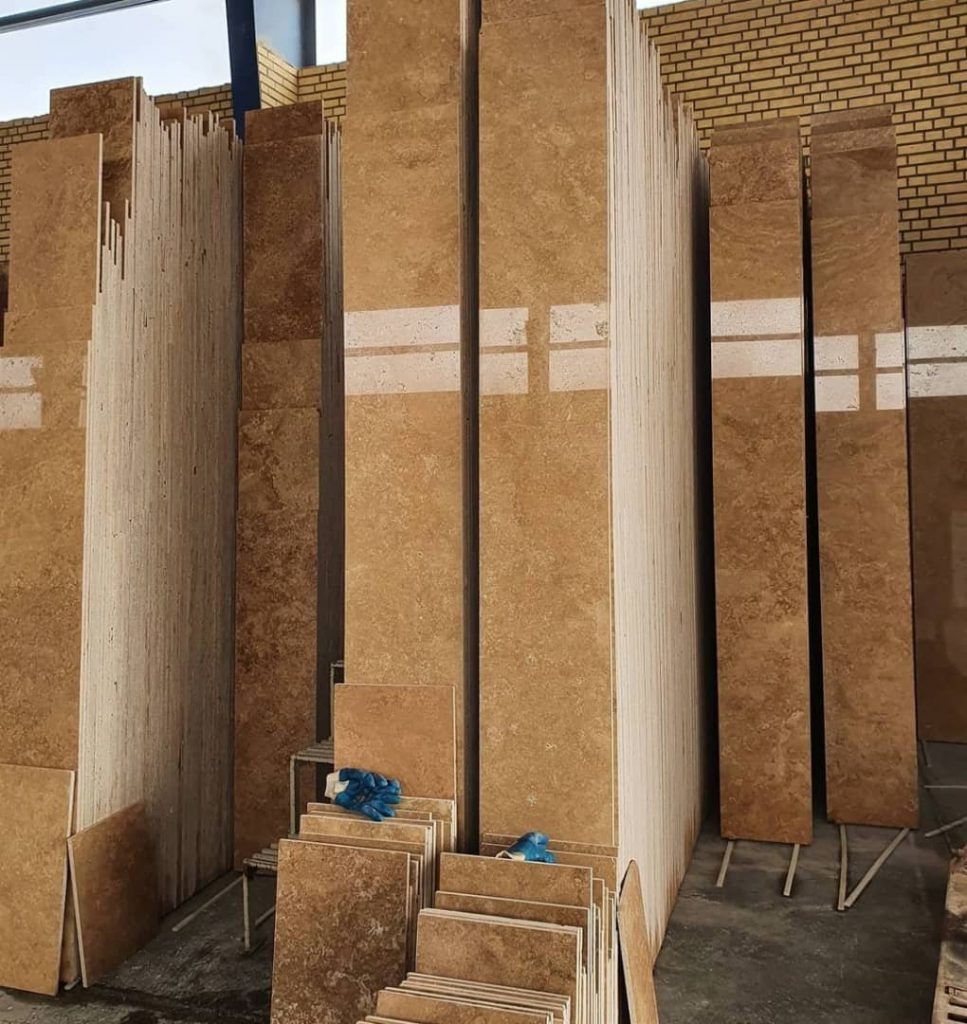
Travertine stone, a popular choice for both residential and commercial spaces, offers a unique blend of natural beauty and durability. As versatile as it is elegant, travertine requires specific care and treatments to maintain its allure over time. This guide explores effective methods for changing the color of travertine, removing stone sealer, and the considerations for steam cleaning travertine floors. Each section is designed to help you preserve the quality and appearance of your travertine surfaces, ensuring they remain a highlight in your space for years to come.
How to Change the Color of Travertine Stone Altering the color of travertine stone can refresh and customize the look of your floors, walls, or countertops. This transformation is typically achieved through staining or enhancing processes. To ensure success, start by thoroughly cleaning the travertine surface and letting it dry completely. Applying a stone-enhancing sealer can deepen the natural colors of the travertine, offering a subtle yet significant change. For a more dramatic effect, stone-specific stains allow for a broader spectrum of color changes. Always test the product on a small, inconspicuous area first and use protective gear, following the manufacturer’s instructions carefully to achieve the best results.
How to Remove Stone Sealer from Travertine Over time, the sealer applied to travertine surfaces can become discolored or peel, necessitating its removal for a fresh application. To remove old sealer, use a commercial stone sealer remover designed for use with travertine. Apply the product according to the directions, typically allowing it to sit on the surface for a specified time before scrubbing gently with a non-abrasive pad. Rinse thoroughly with water, and allow the stone to dry completely before resealing. This process not only prepares the travertine for a new coat of sealer but also rejuvenates its appearance.
Can You Steam Clean Travertine Stone Floors? Steam cleaning is a topic of debate among travertine care experts. While steam cleaning can effectively remove dirt and bacteria without harsh chemicals, it’s crucial to proceed with caution. Travertine’s porous nature means that excessive moisture can lead to damage. If choosing to steam clean, select a steam cleaner designed for use on natural stone, use the lowest steam setting, and avoid lingering too long on any area. Always ensure the travertine is sealed properly before steam cleaning to prevent moisture from penetrating the stone.
Q: How often should travertine stone be sealed? Regular sealing is crucial for maintaining travertine’s beauty and durability. Typically, sealing should occur every one to two years, depending on the stone’s location and usage. High-traffic areas or surfaces frequently exposed to spills may require more frequent sealing.
Q: Can enhancing sealers change the texture of travertine stone? Enhancing sealers are designed to penetrate the stone, enriching its color without altering the texture. However, the finish (matte, satin, or glossy) can affect the stone’s appearance. Choose a product that aligns with your desired aesthetic.
Q: Is it possible to lighten the color of travertine stone? Lightening travertine significantly is more challenging than darkening it. While specific lightening products exist, they may offer limited results and can pose risks to the stone. Often, the best approach to achieving a lighter look is through professional resurfacing.
Conclusion Travertine stone treatments offer a way to personalize and care for your natural stone surfaces, from changing their color to ensuring they’re clean and well-maintained. Whether you’re looking to refresh the look of your travertine, remove outdated sealer, or explore steam cleaning options, it’s essential to approach each treatment with care. By following the guidelines and tips provided, you can preserve the beauty and integrity of your travertine stone, ensuring it continues to enhance your space for many years to come. Always consider consulting with a stone care professional for the best results, especially for significant changes or maintenance concerns.
Aida Stone Trading is serving its valued customers with the wholesale sale of building stones, including all types of travertine and marble. cnc production and sales of porcelain stones are also performed in this complex. You, the dear and valuable customers of Emerald Trading, can contact our experts in this center to buy bulk stones and benefit from their free advice.